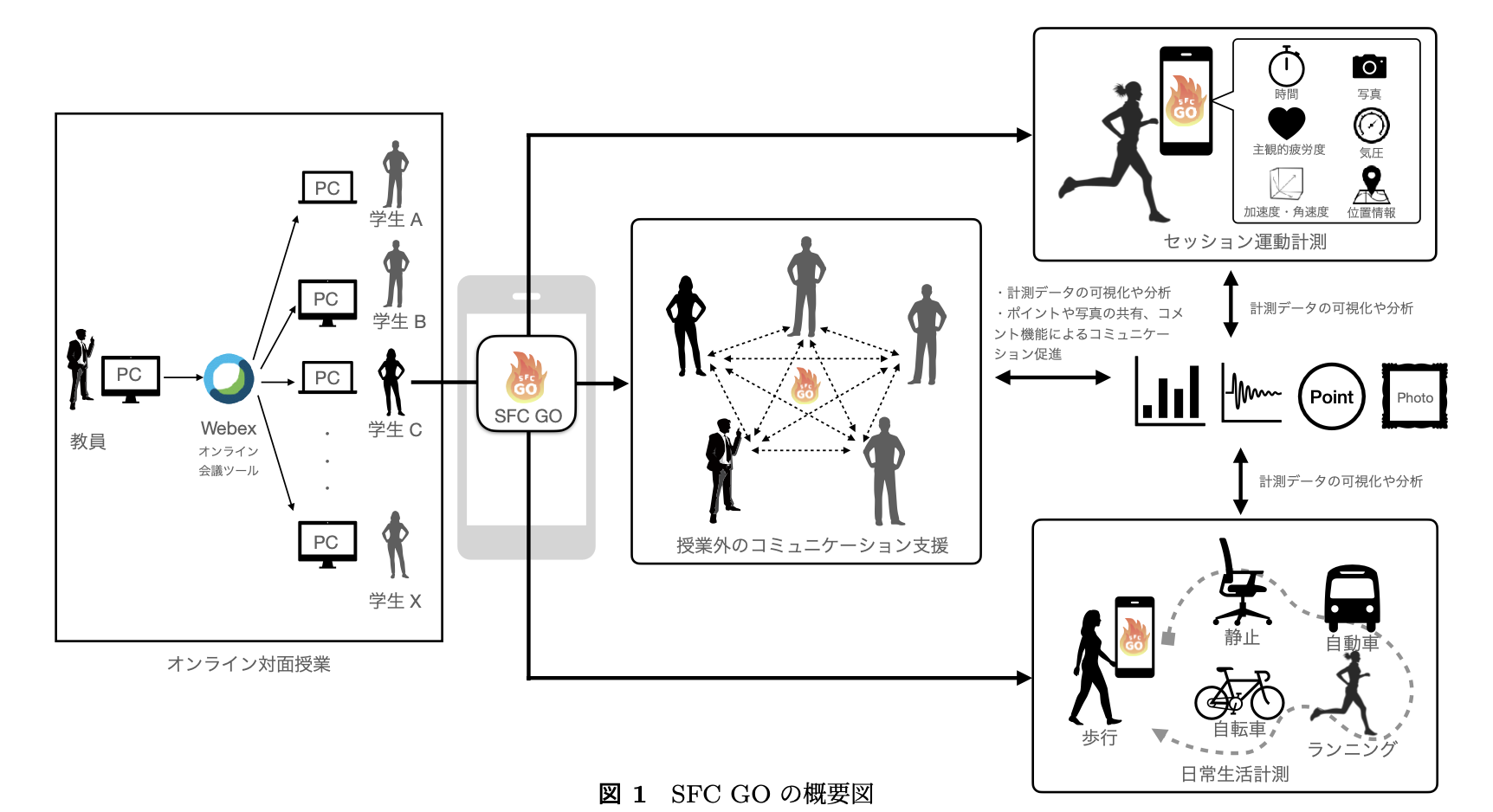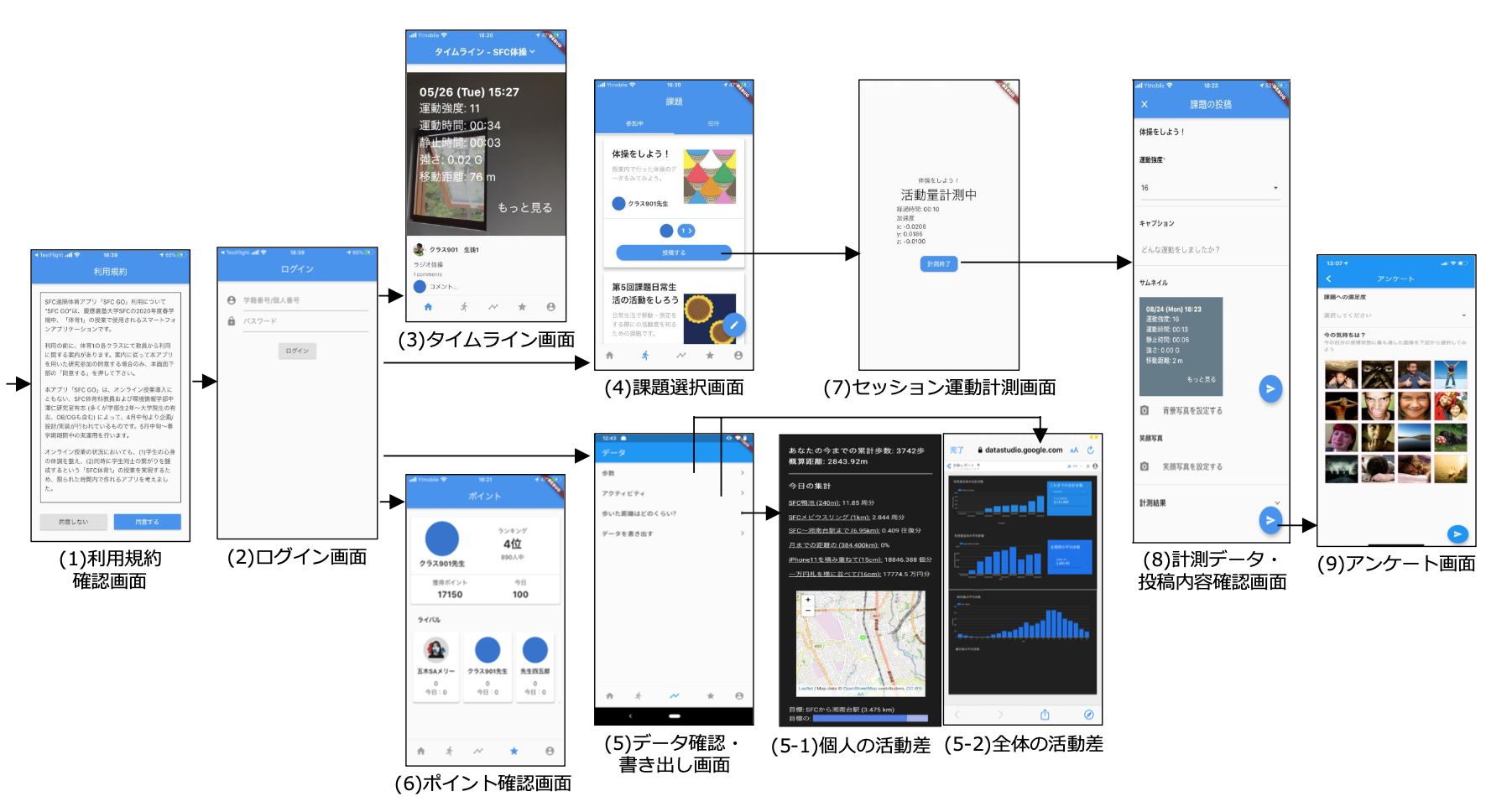Large-Scale Estimation and Analysis of Web Users’ Mood from Web Search Query and Mobile Sensor Data
検索クエリとモバイルセンサーデータからWebユーザーの気分状態を推定するモデルを開発し、2段階のアプローチを通じて精度を向上させた。商業的に展開され、1100万人以上のユーザを分析することで、COVID-19パンデミック中の気分の変動や重要なニュースイベントの影響を明らかにする全国的なムードスコアを導入した。また、特定の広告がユーザーの気分に与える影響についても評価した。
We developed models to estimate web users’ mood states from search-query and mobile sensor data, improving accuracy through a novel two-step approach and contributing to user-centric services. Deployed commercially, our analysis of over 11 million users led to a nationwide mood score, revealing mood fluctuations during the COVID-19 pandemic and the impact of significant news events. This also highlighted the influence of specific advertisements on users’ moods.
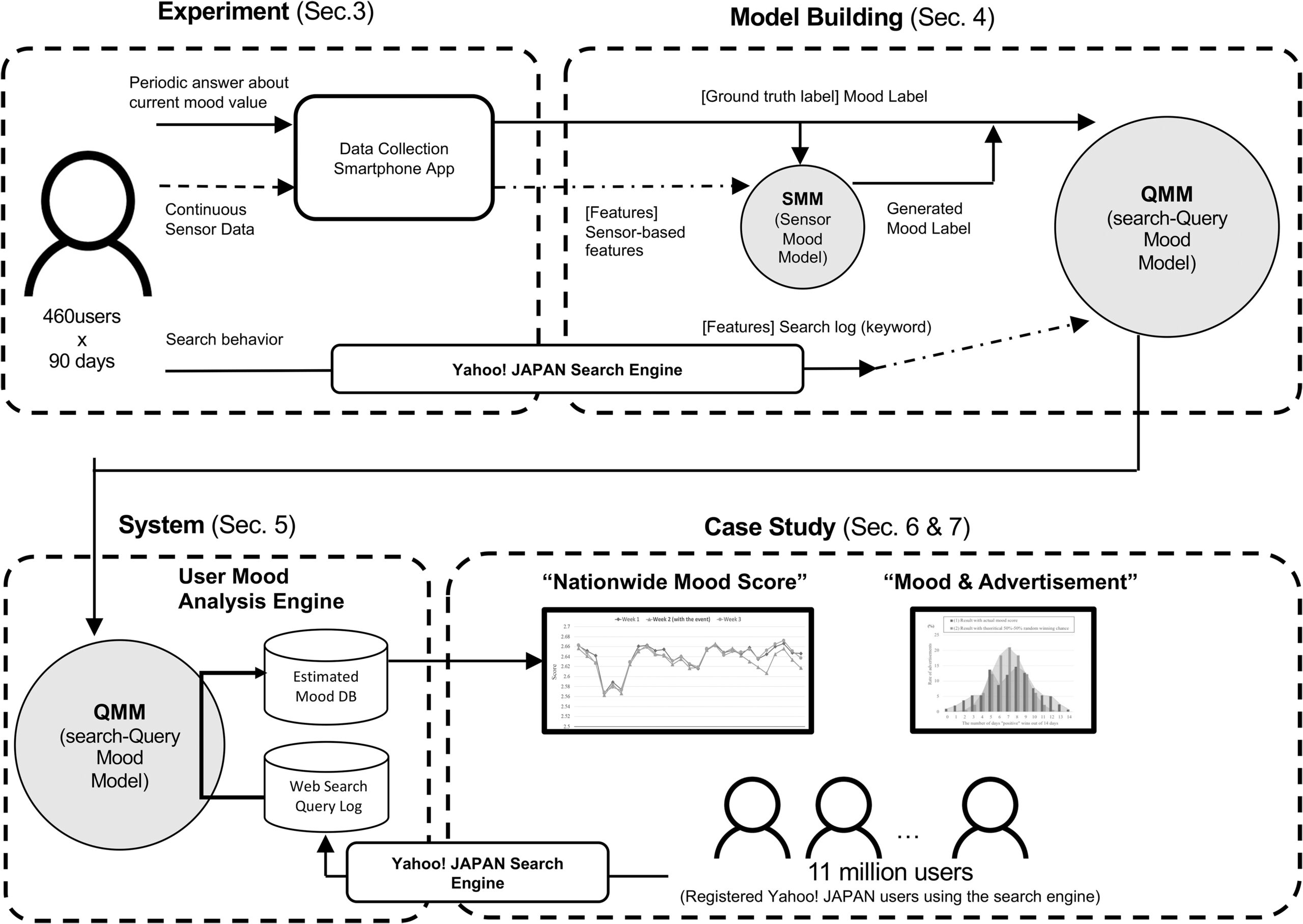
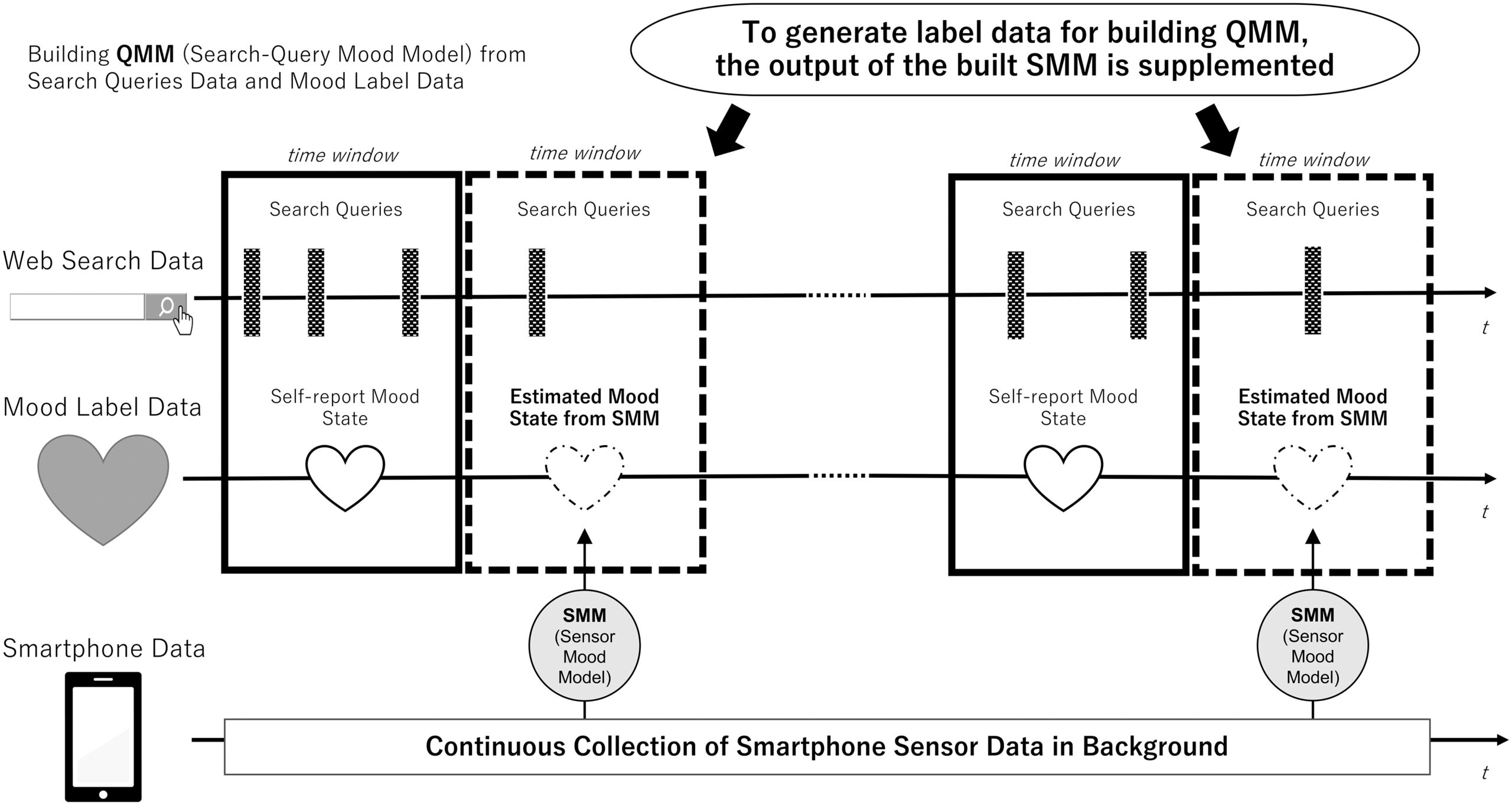
Investigating the Occurrence of Selfie‐based Emotional Contagion over Social Network
幸福は「情報伝染」を通じて人々の間で広がる。私たちは、ソーシャルメディア上の自撮り画像を通じたオンラインでの情動伝染を「SmileWave」システムで調査した。38人の参加者を対象にした2週間の研究から、自撮り画像を見ることで笑顔の強度が平均15%増加し、自撮り画像を通じたオンライン上の感情の伝染が示された。
Research shows happiness can spread among people through “emotional contagion.” Our study investigates this phenomenon online, particularly through selfies on social media, with “SmileWave,” a system that detects smiles in selfies. Our findings from a two-week study with 38 participants indicate that viewing selfies can increase smile intensity by 15%, demonstrating emotional contagion through selfies.
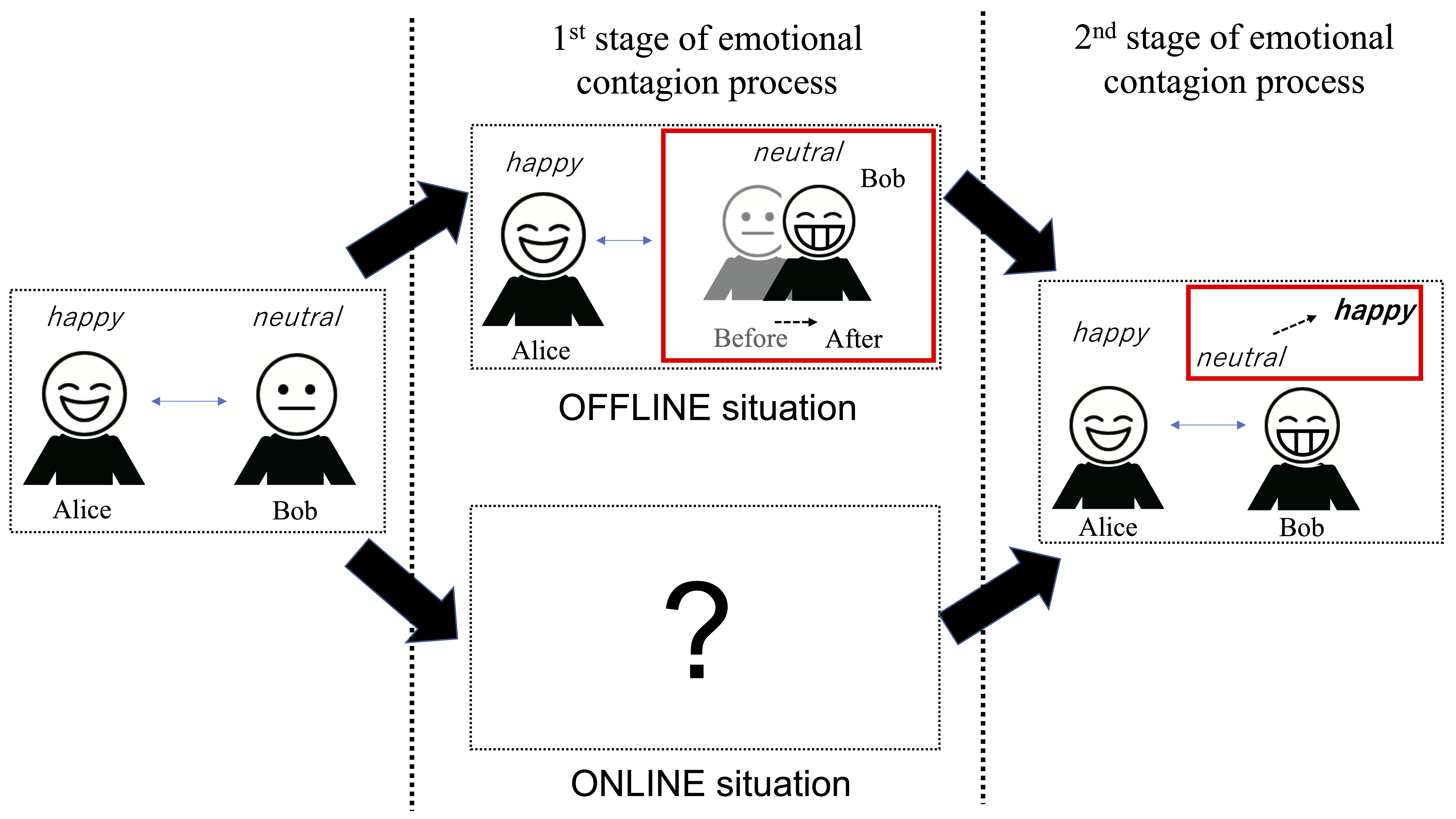

SFC GO: 学生同士の繋がりを支援するオンライン体育授業 サポートシステム
COVID-19により、慶應義塾大学の2020年春の授業がオンライン化され、「体育1」を含む。迅速に開発された「SFC GO」は、スマートフォンのセンサーを使った運動記録や、投稿とコメントを通じた生徒間の社会的交流を可能にするオンライン体育支援システムである。2020年5月から7月にかけてのオンライン授業使用経験は、遠隔地でも学生の参加と身体活動を維持する技術の可能性を浮き彫りにした。
Due to COVID-19, Keio University’s 2020 spring term classes, including physical education, moved online. We quickly developed “SFC GO,” a support system for online physical education, leveraging smartphone sensors for recording and reflecting on physical activities and enabling social interaction among students through posts and comments. This system also captures daily activities outside of class. Insights from its use in online classes from May to July 2020 highlight the potential for technology to maintain engagement and physical activity among students remotely.
